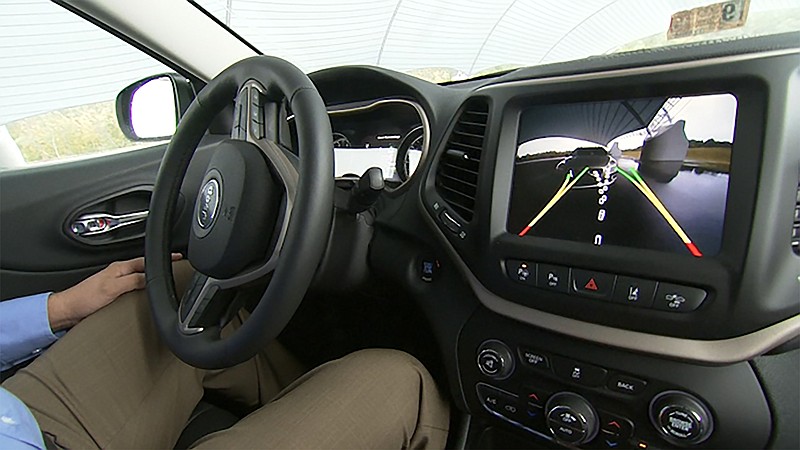WASHINGTON (AP) - Many Americans buying new cars these days are baffled by the rush of new safety features.
Some will automatically turn a car back into its lane if it begins to drift, or hit the brakes if sensors detect that it's about to rear-end someone. There are lane-change and blind-spot monitors, drowsiness alerts and cars that can park themselves. Technology once limited to high-end models has become more common, though features vary among manufacturers and models.
One problem: Education on how to use them doesn't come standard. Safety advocates say the technologies hold tremendous potential to reduce deaths and injuries. But bewildered drivers sometimes just turn them off, defeating the safety potential.
